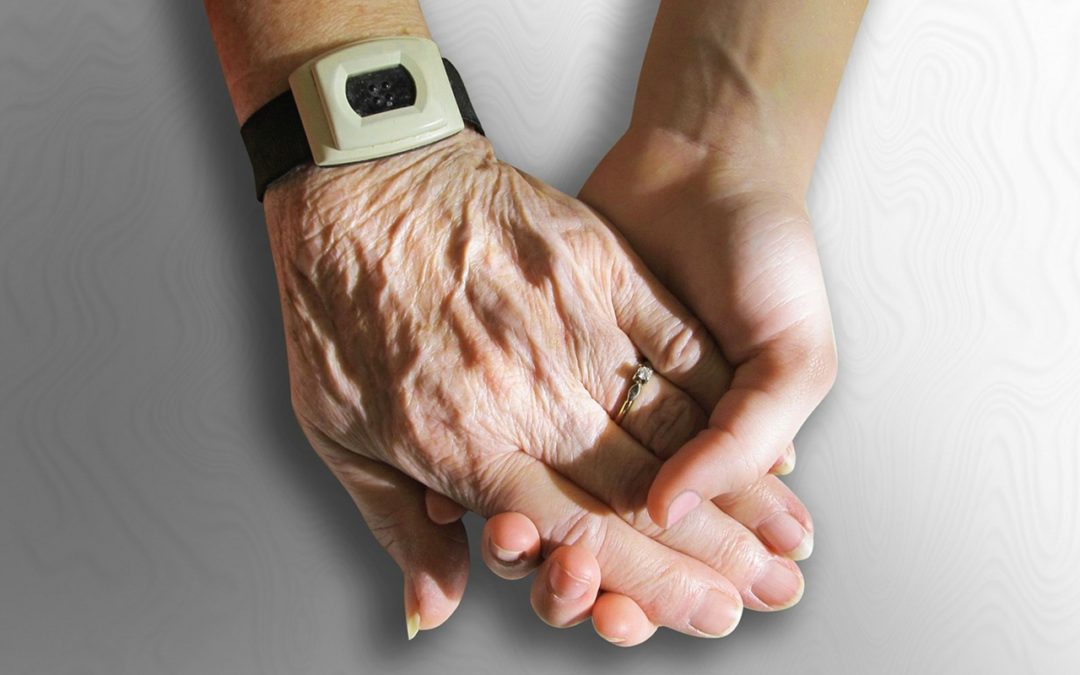By Phoebe LaMont
September is National Falls Prevention Month. Considering that roughly one in three to four seniors has experienced a fall, it’s important to take note of the ways that you can reduce your risk of falling.
The dangers of falls are no laughing matter. Falls can lead to serious consequences, such as head injuries and broken bones. They are the leading cause of fatal injuries for adults older than 65. Additionally, the fear of falling can lead to lack of activity, social isolation, and depression.
However, anxiety about falling doesn’t have to control your life. There are several simple measures you can take to minimize your risks.
First, it is important to know what factors increase your risk of falling, such as:
- Impaired vision
- Balance issues
- Foot pain
- Home clutter
- Certain medications, such as tranquilizers, antidepressants, and sedatives
Talking with your doctor about your pre-existing conditions, medications, and circumstances is important in reducing your risk of a fall. They can evaluate your specific situation and make recommendations to keep you safe.
There are also many steps you can take to eliminate the falls risks that may be present in your living space or in your daily routines:
- Keep you living spaces as free from clutter as possible to minimize the risk of tripping. Keep extension cords out of the way, papers filed, and the floor clear from small objects. Make sure that loose rugs have a non-slip backing.
- Keep your home well-lit, with either lamps or natural lighting so you can easily avoid tripping hazards. Install nightlights in hallways.
- Make use of railings on any stairs you may be taking. If possible, install non-slip treads.
- Take part in gentle exercise such as Tai Chi, water activities, or walking.
- In slippery areas like the bathroom, install grab bars by the toilet and inside the shower. Use non-slip mats.
- Invest in non-slip shoes that support the joints.
- Ask your doctor if supportive devices might be right for you – using a walker or cane may help stabilize you.
Falling as senior can be serious but taking preventative measures help protect your safety and independence for years to come.
For more information about falls prevention and ways to reduce your risk of experiencing a fall, check out the following links:
https://www.mayoclinic.org/healthy-lifestyle/healthy-aging/in-depth/fall-prevention/art-20047358
https://www.ncoa.org/news/resources-for-reporters/get-the-facts/falls-prevention-facts/
https://www.cdc.gov/homeandrecreationalsafety/falls/adultfalls.html
https://www.aarp.org/livable-communities/info-2014/aarp-home-fit-guide-aging-in-place.html
https://www.nia.nih.gov/health/topics/falls-and-falls-prevention

